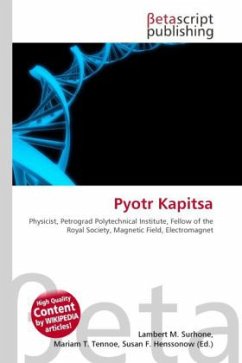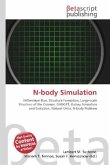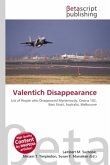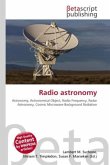High Quality Content by WIKIPEDIA articles! Pyotr Leonidovich Kapitsa (Russian ) (July 9 [O.S. June 26] 1894 8 April 1984) was an innovative Soviet/Russian physicist and Nobel laureate, who made important discoveries in several different areas. Kapitsa was born of Romanian parents in the city of Kronstadt and graduated from the Petrograd Polytechnical Institute in 1918. He worked for over ten years with Ernest Rutherford in the Cavendish Laboratory in Cambridge. He was made a Fellow of the Royal Society in 1929 and was the first director (1930-34) of the Mond Laboratory in Cambridge. In the 1920s he originated techniques for creating ultrastrong magnetic fields by injecting high current for brief periods into specially constructed air-core electromagnets. In 1928 he discovered the linear dependence of resistivity on magnetic field for various metals in very strong magnetic fields. In the 1930s he turned to low temperature research, beginning with a critical analysis of the existing methods for obtaining low temperatures. In 1934 he developed new and original apparatus ( based on the adiabatic principle) for making significant quantities of liquid helium.








